
| |

A city cannot therefore be built or rebuilt by producing geometrical abstractions, but rather by relying on what already exists so as to recapture its symbolic value and everyday usage. The urban project nurtures a relationship which is vital to the city's memory. If a quarter has been destroyed, the reconstruction plan should restore its lost identity. The relation between archaeology and the urban project is defined in this very context. Archaeology offers urban planning the possibility of grasping the structures which shaped the townscape over time as well as the permanent and invariable elements of a given space, so that the true identity of that part of the city can be restored.
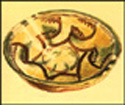
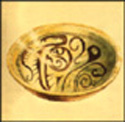
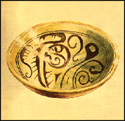
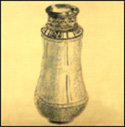
Beirut's history is particularly rich, and the accumulated layers of the past are visible in its recurring street patterns, the evolution of built forms and the traces of its different fortification systems. The reconstruction of the Beirut souks, on a site which has suffered much destruction, will naturally look at the archaeological data for a link with the place's history, so that the reconstruction fits into the historical continuum which has allowed the city to rise again in the same place each time it was destroyed. The basic axis of Souk Tawile, the imprint of which has remained the same since early Hellenistic times, will have to be restored and the original grid apparent in the network of secondary streets (Souks Ayass, Arwam, Sayour) must be respected. Important historical landmarks will have to be incorporated into the project: the medieval moat and rampart can be preserved, at least in part, as an open public space transformed into an archaeological park.
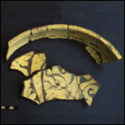
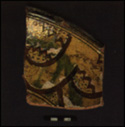
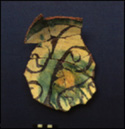
Piecing together Beirut's past: Ottoman and Mamluk glazed vessels recreated from sherds found in the Souk excavations If urban planning is the art of writing the new into history, this approach makes it possible to use what exists on site as a basis and to preserve what survives by transforming it. This does not mean reproducing ancient urban forms mechanically, but rather incorporating and interpreting history to create meaningfulplaces. Archaeology thus plays a major role in the process of creating a new space where past and future are intertwined. Rather than opposing one another, archaeology and urban planning naturally appear as two sides of the same coin.
Architect Leading Master Planner for the Reconstruction of the Souks | |
 al@mashriq 960118/960118 |